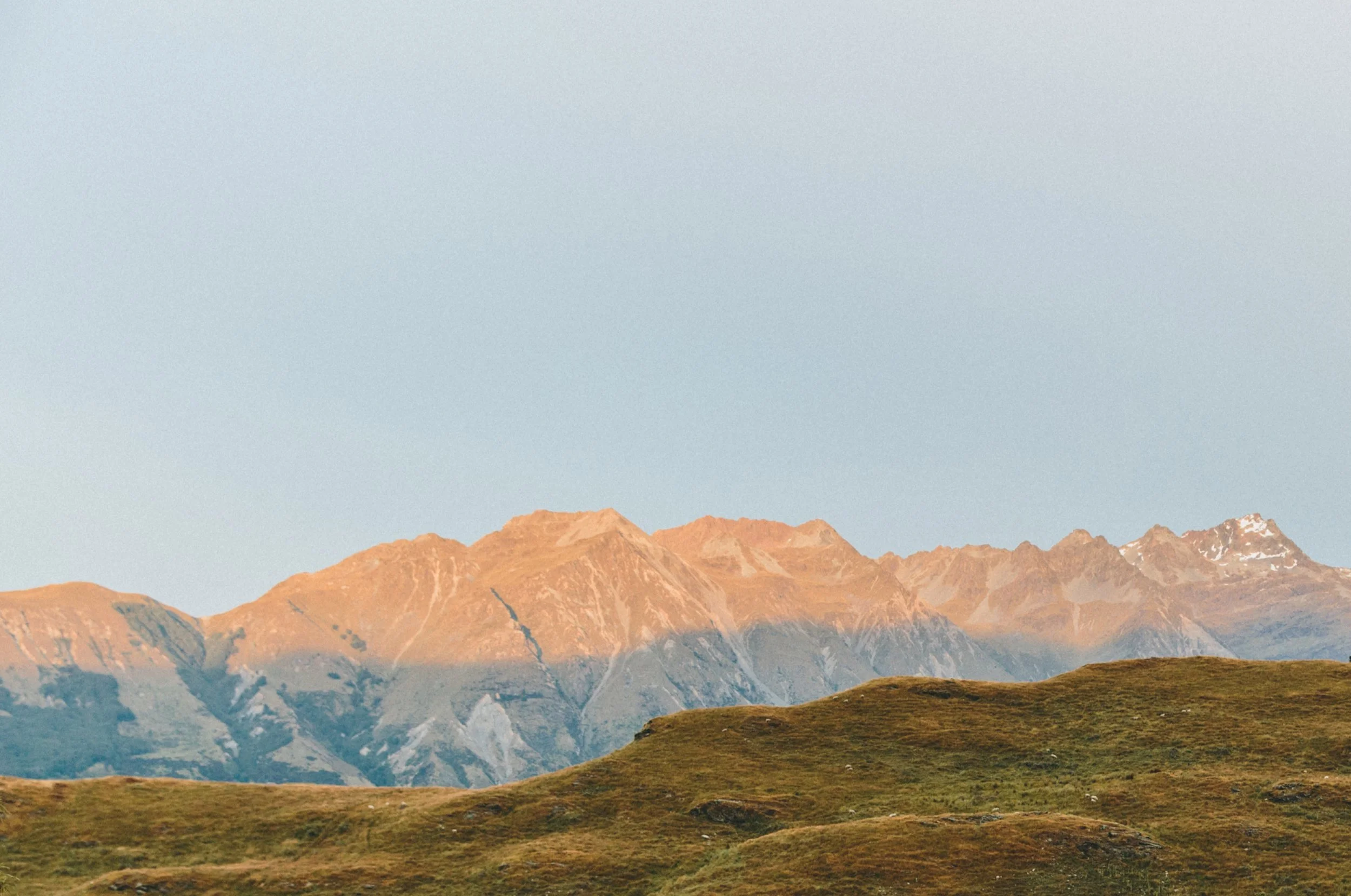Hardy Cactus Hunting
My second garden design project in the 'badland' foothills of Abiquiu, NM is my own place. The landscape around me is dry, fragile, and ruggedly picturesque, and I have a great of the Chama River corridor just a 1/2 mile away. I often take note of the dramatic shift in vegetation from rio grande cottonwood and willows along the riverbank to the sparse pinon juniper scrubland beginning just 200' beyond.I don't know that it is actually any hotter, or colder, living in the foothill slopes, but it is definitely more exposed. Beginning in June, leaving the house can feel like stepping onto a hot tarmac. The soil is essentially bare, the light very intense, and it is indeed hot. Also, I do not have a well. Instead, I have an above ground cistern to which precious water is delivered four times a year. All of this is to say that a tender, leafy, oasis is out of the question for me, but to have no garden, in my case 'yarden', is also out of the question. The value of diverse plant life becomes much clearer living in the desert.After three years of considering the many opportunity/constraint variables, I'm moving forward with several big edible THORNLESS 'nopal' type prickly pear cactus (henceforth referred to as nopal) as a primary structural element for the space. It is one of few plants that will hopefully allow me to create fullness, shade, food, beauty, and conserve soil with an extremely limited water supply. I do not make a habit of experimenting with plants outside of their established climate & soil range, and I would never have thought about trying nopal if I hadn't spotted a large specimen growing nearby. My first propagative cuttings came about a year ago from a mother plant growing in someone's front yard in La Mesilla, just 30 minutes south of Abiquiu. The owner said it had gotten so big (about 5x8 feet) that she was happy to give several pads away. The proximity of this gorgeous plant was encouraging, but not a guarantee that it would survive even colder temperatures in Abiquiu. But it did survive, and last spring each pad pushed out 3-5 new leaf buds, and nearly tripled in size in one growing season. The cactus I brought home is probably a variety of Opuntia ellisiana - one that is generally not expected to survive below 10F. We have even colder temperature dips and wind chills, so it could be a unique hybrid with a slight advantage. After quite a bit of research, I'd say I've learned that nothing is certain in the world of cactus - opuntia in particular. The entire genus is referred to simply as "prickly pear cactus". They are known to be 'promiscuous' plants that hybridize freely. Their history of cultivation and hybridization is so complex and free form that it seems they're a bit like pound puppies: you can't know what you have genetically based on appearance, and that's okay. Opuntia polyacantha
Opuntia polyacantha
Opuntia polyacantha
Growers and sellers in Santa Fe market have focused on selling much smaller patented varieties of cacti, but as close as Albuquerque, NM, hefty colonies of big flat pad nopal are commonplace. Here, the smooth sculptural giant seems exotic. I cannot recall seeing any in the Santa Fe area until very recently. I've got an eye out for them now, and have noticed a few oddballs in sidewalk strips and parking lots. I think the northward creep might be indicative of changing climate and even taste.There's quite a bit of research underway evaluating larger nopal type strains for various cultivation purposes in a warming climate, and I imagine breeders will be releasing patented varieties with actual cold hardiness stats. I hope so. For now, as far as I can tell, getting your hands on cold hardy strains of nopal cacti is pretty much luck. The best approach for anyone wanting to try them will be to find donor plants that have been growing reasonably close by, and ideally, for at least a few years having different weather patterns.Never one to put all eggs in one basket, I will be using other super tough plants alongside. I have had success from cuttings of Grizzly Bear Prickly Pear from Idaho, Echinocerus sp. from Santa Fe, and Escobaria vivpara. These low growing cacti are for stabilizing some gravelly slopes, bees, color, texture. I will also be adding extremely drought tolerant local native shrubs and wildflowers: artemesia, ephedra, yucca, spheralcea, gaura, datura, etc., and supporting establishment with gray-water only. No irrigation system required!!Gaura coccinea
Spheralcea coccinea
Palafoxia sphacelata
Datura
Ephedra equisitina
Artemisia filifolia










